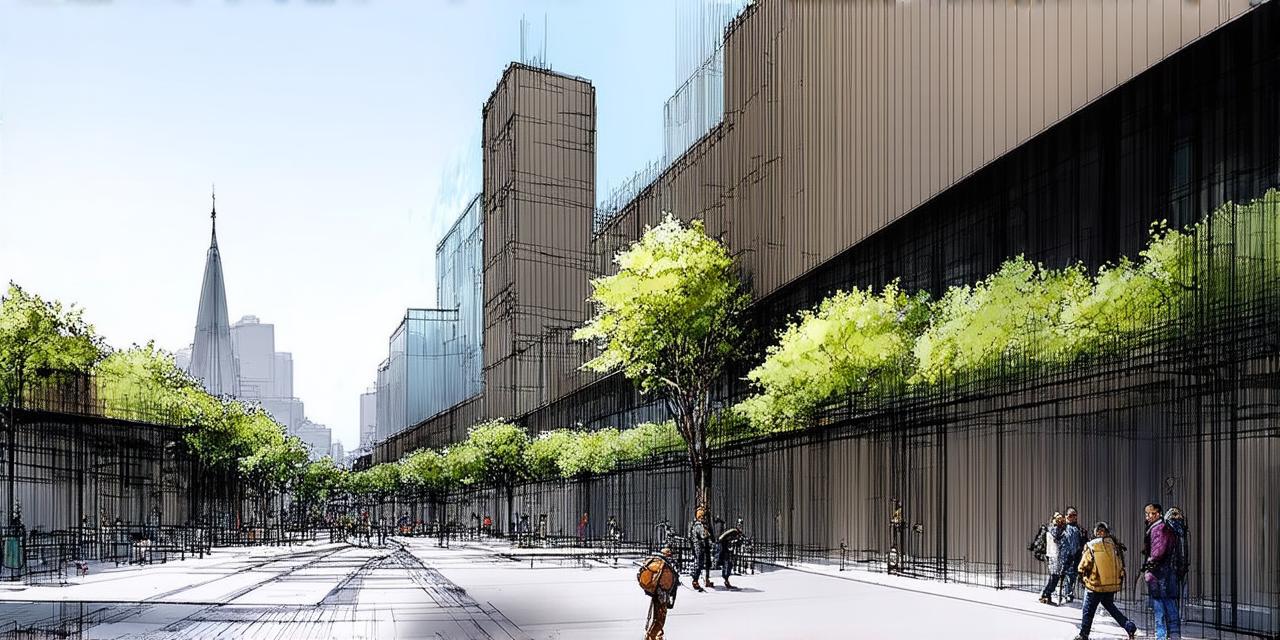Mixed-use development refers to a type of real estate project that combines multiple uses within a single building or property. This can include residential, commercial, retail, office, and recreational spaces. Mixed-use developments are becoming increasingly popular in urban areas as they offer a more efficient use of space and provide a variety of amenities for residents and visitors.
1. Advantages of Mixed-Use Development
- Efficient use of space: Mixed-use developments allow for multiple uses within a single building or property, which can help to maximize the use of available space.
- Improved accessibility: By combining different types of uses within one location, mixed-use developments can provide more convenient and accessible services to residents and visitors.
- Increased foot traffic: Mixed-use developments can attract a diverse range of people, which can increase foot traffic and create a vibrant and lively atmosphere in the area.
- Cost savings: By combining multiple uses within one location, mixed-use developments can reduce construction and maintenance costs, as well as potential property taxes.
2. Common Mixed-Use Development Types
Mixed-use development types include:
- Residential and commercial: This type of development combines residential and commercial spaces, such as apartments or condos with retail or office space.
- Retail and residential: This type of development combines retail spaces with residential units, such as apartments or townhouses.
- Office and retail: This type of development combines office and retail spaces, such as a high-rise building with retail outlets on the ground floor.
- Recreational and commercial: This type of development combines recreational spaces with commercial areas, such as a sports facility with retail stores and restaurants.
3. Designing Mixed-Use Developments
A successful mixed-use development must have a cohesive design that seamlessly integrates all of the different uses within one location. The design should ensure that residents and visitors can easily access all of the different spaces within the development, such as parking or public transportation options. It is important to balance the different uses within a mixed-use development to create a harmonious environment for all users.
4. Case Studies of Successful Mixed-Use Developments
Some examples of successful mixed-use developments include:
- The High Line in New York City: This popular park was built on an abandoned elevated railway and combines residential, commercial, and recreational spaces.
- The Galleria in Houston: This high-end shopping mall includes office space, retail stores, restaurants, and luxury apartments.
- The Union Square in San Francisco: This mixed-use development includes residential, commercial, retail spaces, as well as a public transportation hub and a popular shopping destination.
5. Summary
Mixed-use development concepts offer a variety of benefits for urban areas, including efficient use of space, improved accessibility, increased foot traffic, and cost savings. By combining multiple uses within one location, developers can create vibrant and lively environments that provide a range of amenities for residents and visitors alike. As the popularity of mixed-use development continues to grow, we can expect to see more innovative and successful projects in the future.
